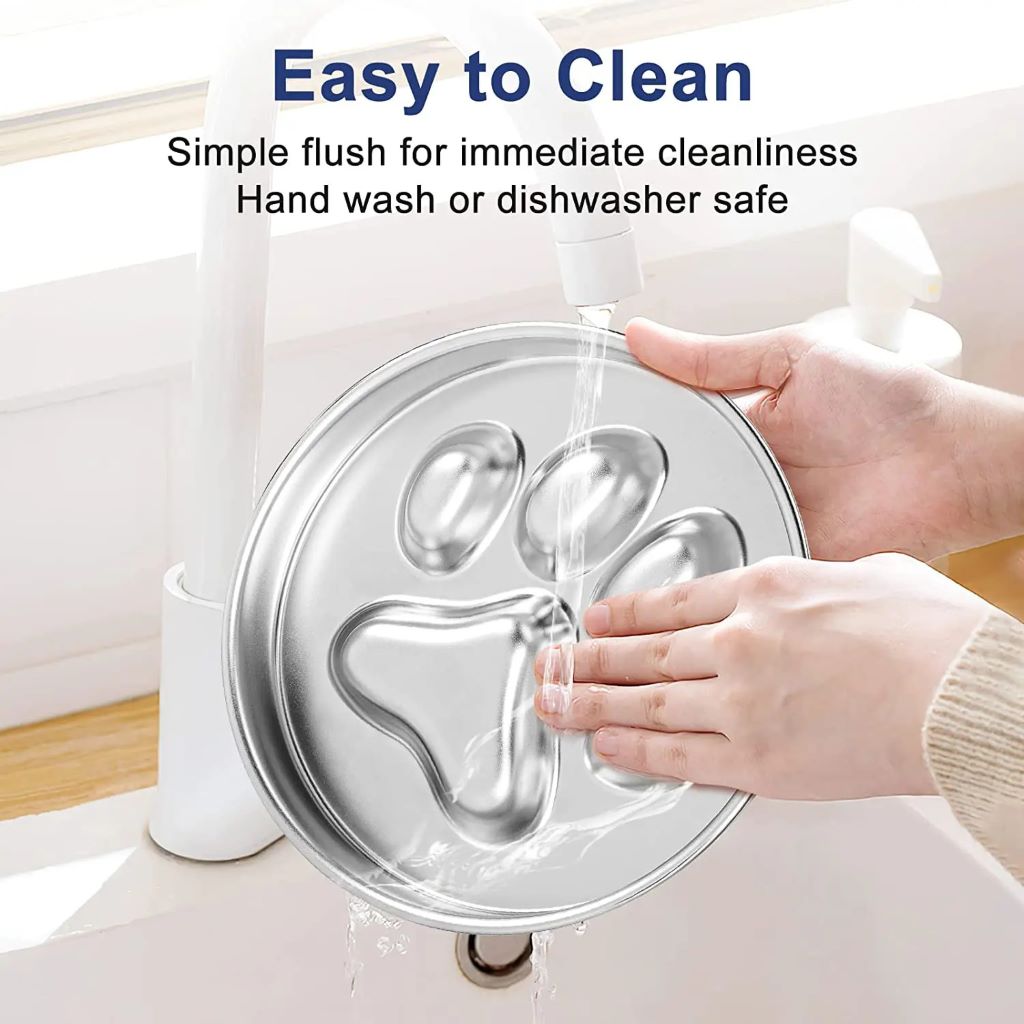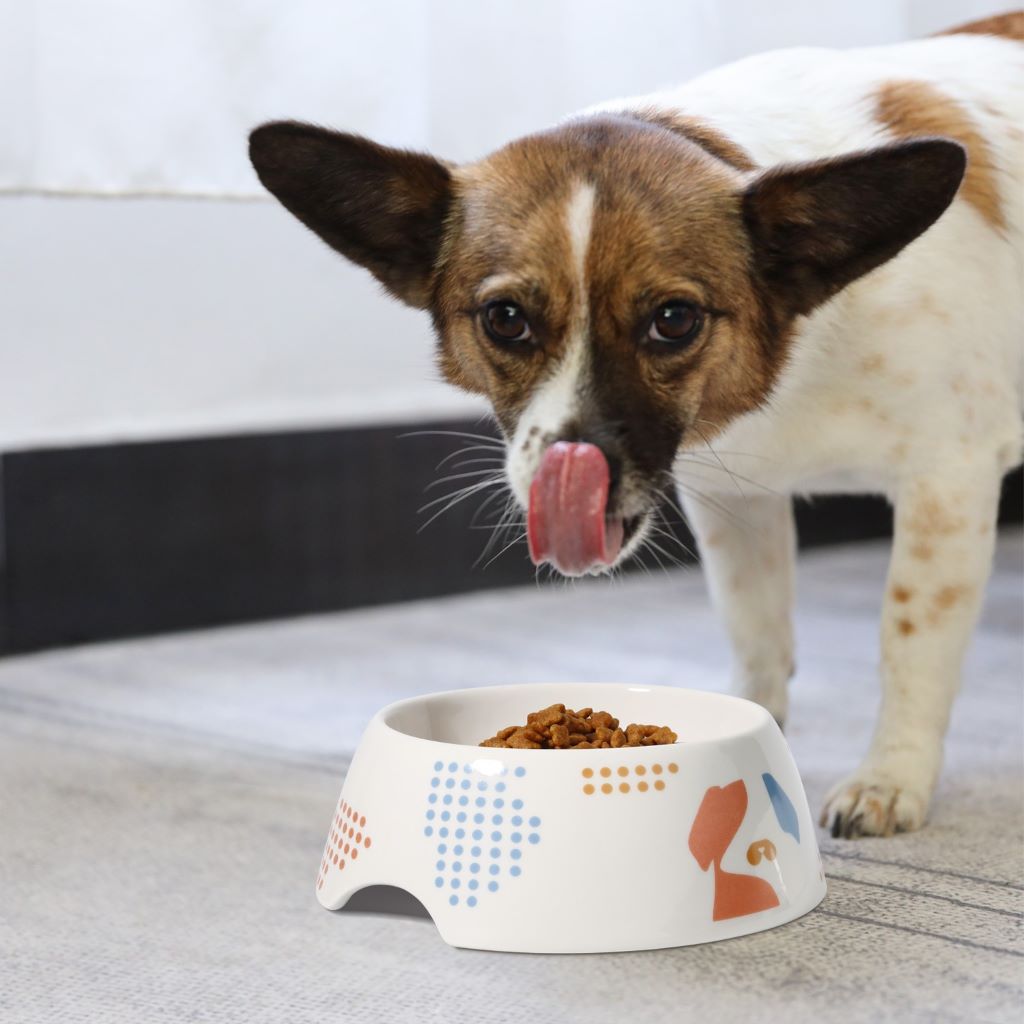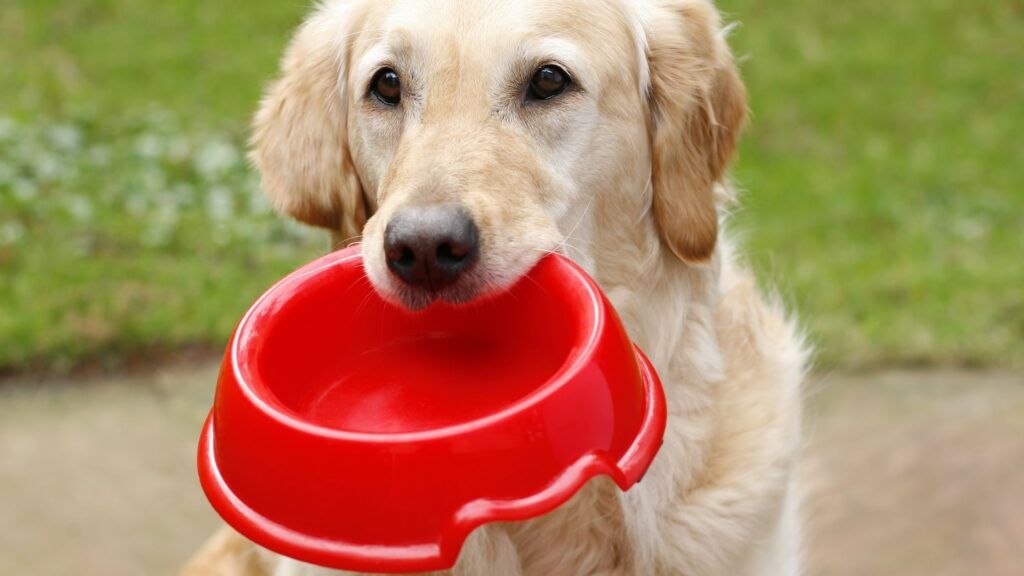Stainless steel dog bowls are a popular choice among pet owners due to their durability, hygiene, and ease of cleaning. However, even these sturdy bowls require regular maintenance to keep them in top condition and ensure your furry friend’s health. This comprehensive guide will provide you with valuable tips and insights on cleaning stainless steel dog bowls, maintaining a spotless feeding station, and promoting your pet’s well-being.
Why Choose Stainless Steel Dog Bowls?
Before diving into cleaning tips, let’s understand why stainless steel is a preferred material for dog bowls:
- Durability: Stainless steel is resistant to rust, corrosion, and scratches, making it a long-lasting option for pet bowls.
- Hygiene: The non-porous surface of stainless steel prevents bacteria and other microorganisms from clinging, making it a hygienic choice for your pet’s food and water.
- Ease of Cleaning: Stainless steel bowls are dishwasher safe and can be easily cleaned with soap and water.
Daily Cleaning Routine
Regular cleaning is essential to maintain the hygiene of your dog’s bowls and prevent the buildup of bacteria. Follow this daily cleaning routine:
- Rinse: After each meal, rinse the bowl thoroughly with warm water to remove food residue.
- Wash: Wash the bowl with warm water and a mild dish soap. Use a sponge or soft cloth to avoid scratching the surface.
- Scrub: For stubborn stains or stuck-on food, use a non-abrasive scrubbing pad or brush.
- Rinse: Rinse the bowl again with warm water to remove any soap residue.
- Dry: Dry the bowl thoroughly with a clean towel or allow it to air dry.
Deep Cleaning and Sanitizing

In addition to daily cleaning, deep cleaning and sanitizing your dog’s bowls once a week is recommended. This will help eliminate any lingering bacteria and ensure optimal hygiene. Here’s how:
- Vinegar Soak: Fill a sink or basin with warm water and add a cup of white vinegar. Soak the bowl for 30 minutes to an hour.
- Baking Soda Scrub: Sprinkle baking soda on the bowl and scrub it gently with a sponge or soft cloth. This will help remove any remaining stains or odors.
- Dishwasher: If your stainless steel bowl is dishwasher safe, place it on the top rack for a thorough cleaning and sanitizing cycle.
Additional Tips for Maintaining Stainless Steel Dog Bowls
- Avoid Harsh Chemicals: Do not use bleach, ammonia, or other harsh chemicals to clean your dog’s bowls, as they can damage the stainless steel and leave harmful residues.
- Check for Scratches: Inspect your bowls regularly for scratches or dents, as these can harbor bacteria. If you notice any damage, replace the bowl.
- Use Separate Bowls for Food and Water: Having separate bowls for food and water will help keep both fresher and reduce the risk of cross-contamination.
- Store Bowls Properly: After cleaning, store the bowls in a clean, dry place to prevent the growth of mold and mildew.
Troubleshooting Common Issues
- Rust Spots: If you notice rust spots on your stainless steel bowl, they can usually be removed with a paste made of baking soda and water. Apply the paste to the rust spots and scrub gently with a soft cloth. Rinse thoroughly and dry.
- Cloudy Film: Hard water can leave a cloudy film on stainless steel bowls. To remove this, soak the bowl in a solution of equal parts water and white vinegar for several hours or overnight. Rinse thoroughly and dry.
Conclusion
By following these tips and incorporating a regular cleaning routine, you can ensure that your stainless steel dog bowls remain hygienic, spotless, and safe for your furry friend. Maintaining a clean feeding station is essential for your pet’s health and well-being, and a little effort goes a long way in promoting a happy and healthy life for your beloved companion.




